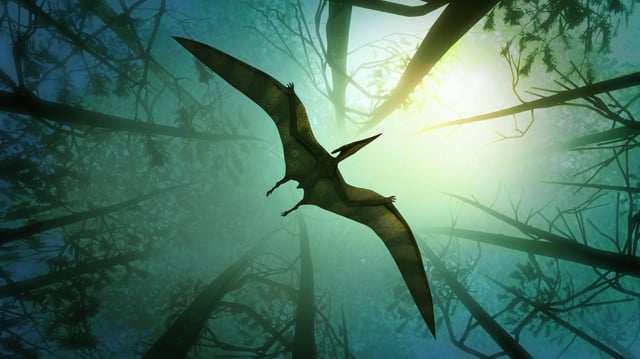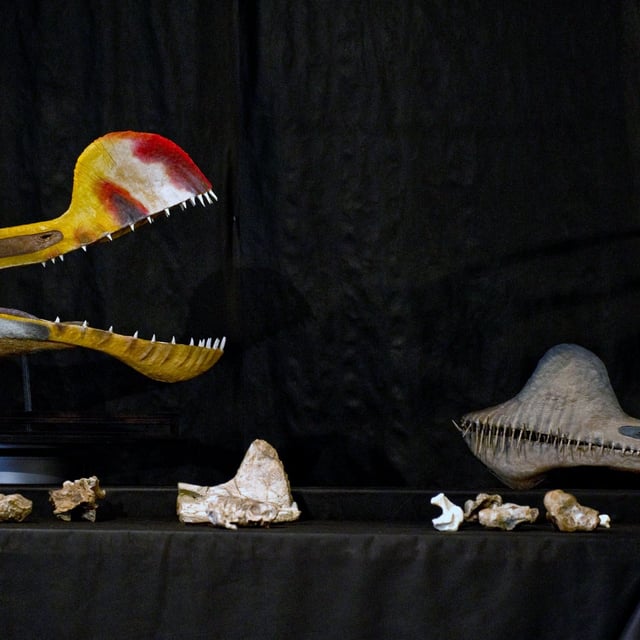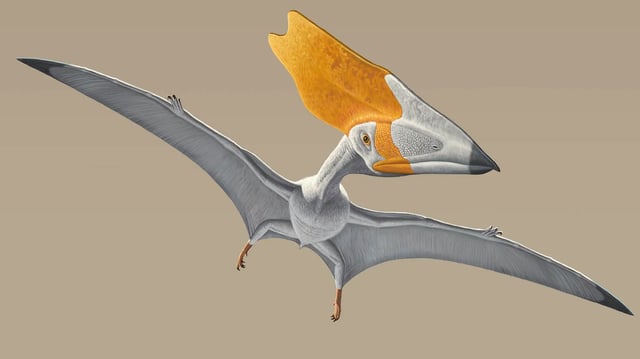Overview
- A nearly complete Sinopterus atavismus fossil from a Lower Cretaceous shale formation in Liaoning province yielded phytoliths in its stomach, providing the first direct proof of plant consumption in pterosaurs.
- Researchers applied specialized three-dimensional X-ray imaging to noninvasively identify mineralized plant structures and small quartz stones within the fossil’s body cavity.
- The presence of quartz gastroliths suggests the pterosaur ingested stones to grind vegetation, a digestive behavior previously undocumented outside of dinosaurs and modern birds.
- The tapejaridae specimen, excavated by the Institute of Vertebrate Palaeontology and Paleoanthropology and collaborators, underscores broader ecological diversity among toothless pterosaurs.
- Findings published July 20 in Science Bulletin mark a paradigm shift in pterosaur dietary understanding and prompt further analysis of herbivory across other lineages.


